As a Nigerian-born media professional living in Canada, I often find myself reflecting on the extraordinary evolution of the South Asian creative industries—particularly India’s—and what they can teach Africa at this pivotal moment in our cultural journey. The parallels between our regions are striking: both are home to vast populations, layered histories, multilingual societies, and diasporas that span the globe. Both have rich storytelling traditions, vibrant music cultures, and an instinctive flair for spectacle. Yet only one has succeeded in transforming that cultural wealth into a fully global, multi-billion-dollar media ecosystem.
India did not achieve this by accident. It was shaped through intentional, long-term investment in identity, audience, and technical excellence. Those of us passionate about building an expansive African media future — across film, television, music, publishing, and live events — should not just admire this achievement, but study it.
India’s creative industries offer one of the most powerful blueprints of modern times: go global, but never abandon your cultural centre of gravity. The world will come to you when you commit to being yourself, at scale.
What India accomplished was far more than the rise of Bollywood. It was the creation of an ecosystem in which multiple film traditions coexist, flourish, and expand outward; where local television went from limited and technically inconsistent to polished, ambitious, and commercially attractive; where diasporic communities remain deeply invested in homegrown entertainment; and where live cultural events — from classical performances to pop concerts —attract global audiences and sponsors. India built industries that speak first to their own people and identity, and because of that rootedness, the world listens.

Africa is at an inflection point where similar transformation is not only possible but overdue. Our global cultural influence is undeniable. Afrobeats has become a dominant force in contemporary music, but there is an uncomfortable truth beneath the celebration: much of its commercial success is intermediated — and often captured — by Western mainstream institutions. African-origin creators do the labour, innovate the sound, and shape the culture, but see far less structural benefit than they should. This is not due to a lack of talent or ambition; it is largely because we have not yet built the industrial architecture to hold and amplify our own power.
There is infinitely more to African music than what is currently exported. There is more dance, more theatre, more fashion, more literature, more comedy, more visual art, and endless potential for film, television, and live entertainment that has not been fully realised or consistently delivered at scale. In many ways, we stand where India once stood: culturally rich, globally admired, but without enough technical infrastructure, investment pipelines, or cross-border continuity to fully capture our value.
India’s journey shows exactly what can happen when a society embraces the philosophy that its stories deserve world-class production and consistent output. It shows what can happen when diaspora support is mobilised not only through pride but through purposeful consumption and sponsorship. It shows what can happen when creators collaborate across regions, languages, and borders—still staying true to their identity, but refusing to be limited by geography.
This is why South Asia offers such vital lessons for African creators today. Not just because India succeeded, but because it succeeded without surrendering its cultural DNA. Globalisation did not dilute Indian cultural forms—it amplified them. And crucially, India ensured that its own people benefited from the growth.
Africa can follow this path. But we must be bold in vision and disciplined in execution. We need consistent, technically excellent content in film and television. We need distribution channels that speak not only to the continent but to the millions of Africans living abroad who long for connection. We need to develop a culture of large-scale live events that the diaspora supports with the same pride and unity displayed by South Asian communities worldwide. That was part of my motivation in creating the AfriCanad Festival in Canada—an annual gathering for African arts and culture. It is one example of how our global communities can show up for ourselves with the same energy that Indian communities show for their cultural institutions.
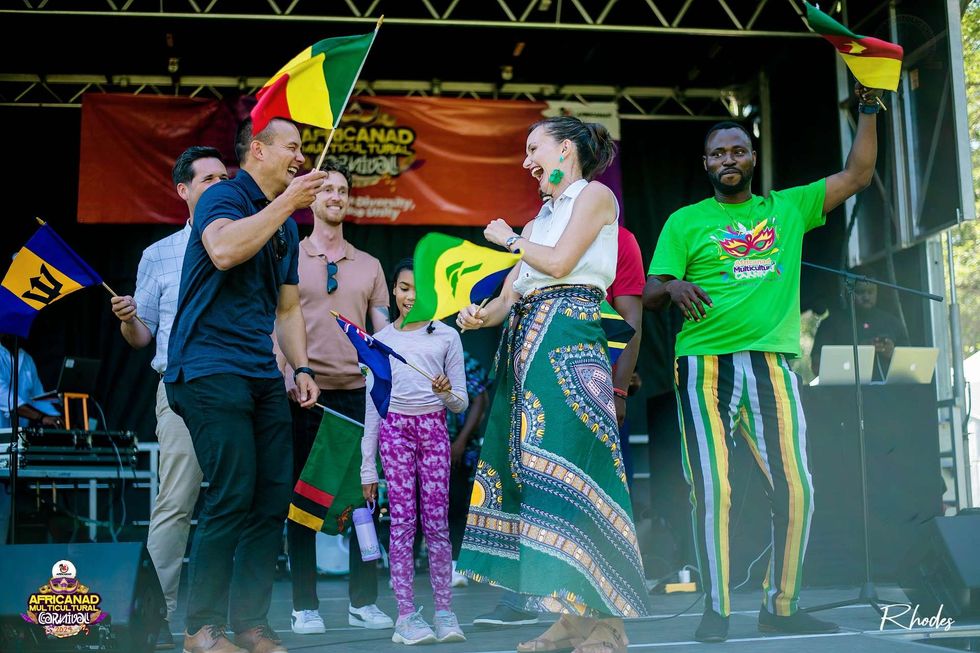
There is also enormous potential for collaboration between African and South Asian creatives. Our histories intersect in meaningful ways. Our audiences share similar emotional rhythms. Our aesthetics complement one another. Joint film projects, cross-continental music fusions, shared publishing pathways, co-produced series, and cultural festivals would not only be artistically thrilling—they would be commercially powerful.
As someone committed to building a future in which African media is as global, respected, and self-sustaining as South Asia’s, I extend a genuine hand of friendship to India and to the entire South Asian creative world. I see not competition, but kinship. I see mutual opportunity. I see the chance for two vast cultural powerhouses to learn from one another and rise together.
The African creative renaissance is coming. The potential is already there—in our artists, our audiences, our diaspora, and our imagination. What we need now is the infrastructure, the investment, the unity, and the long-term confidence that India has demonstrated so powerfully.
Africa can become a global media force while staying authentically African. India has shown us that this path is not only possible, but proven. And for those of us working to build that future, there has never been a more exciting time to reach out, collaborate, and dream bigger.
africanad.ca & Instagram: @africanad_official
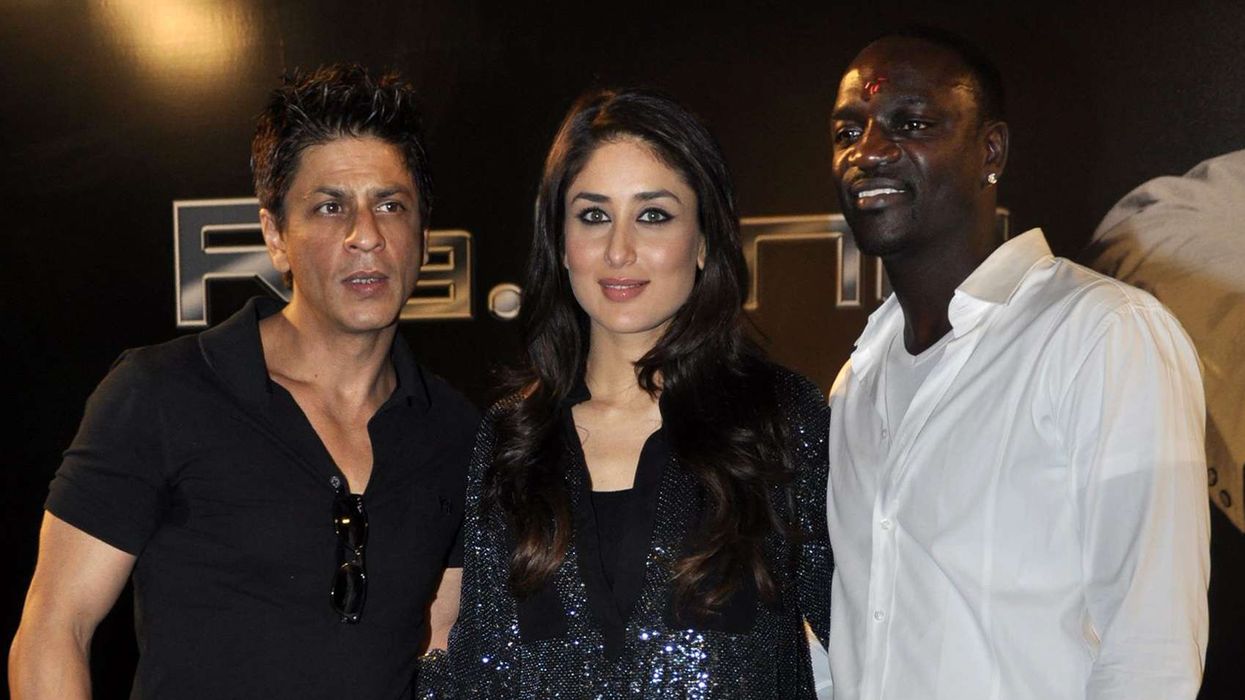


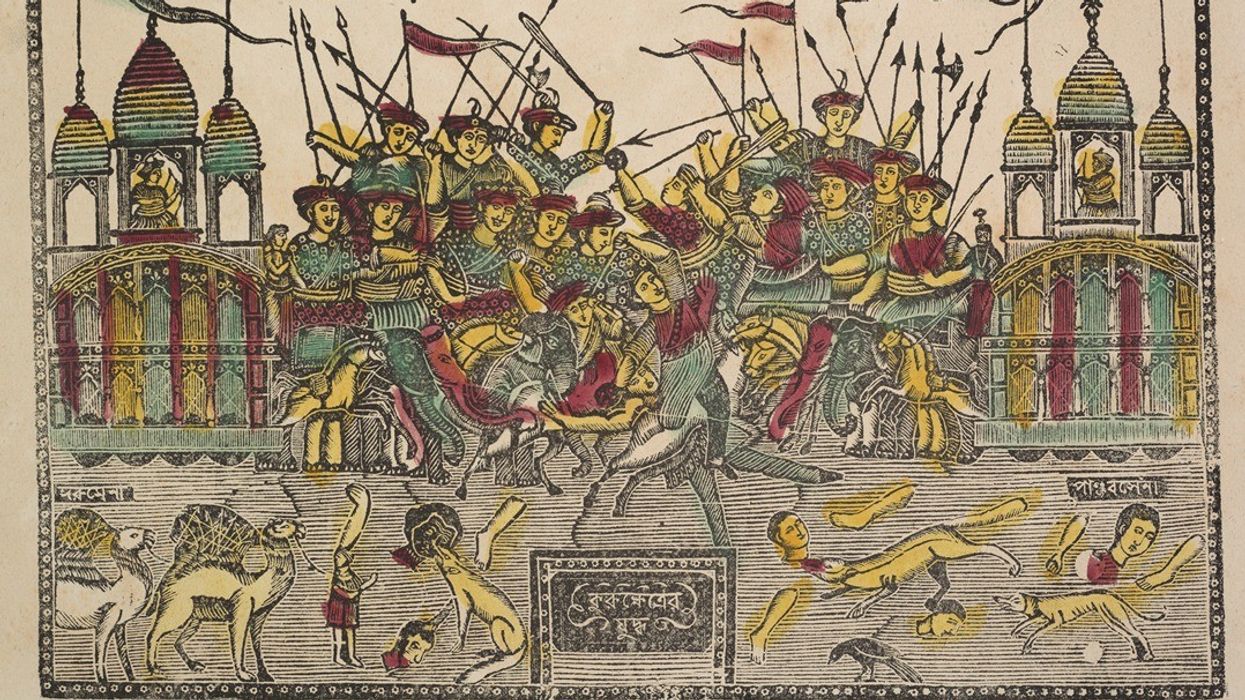

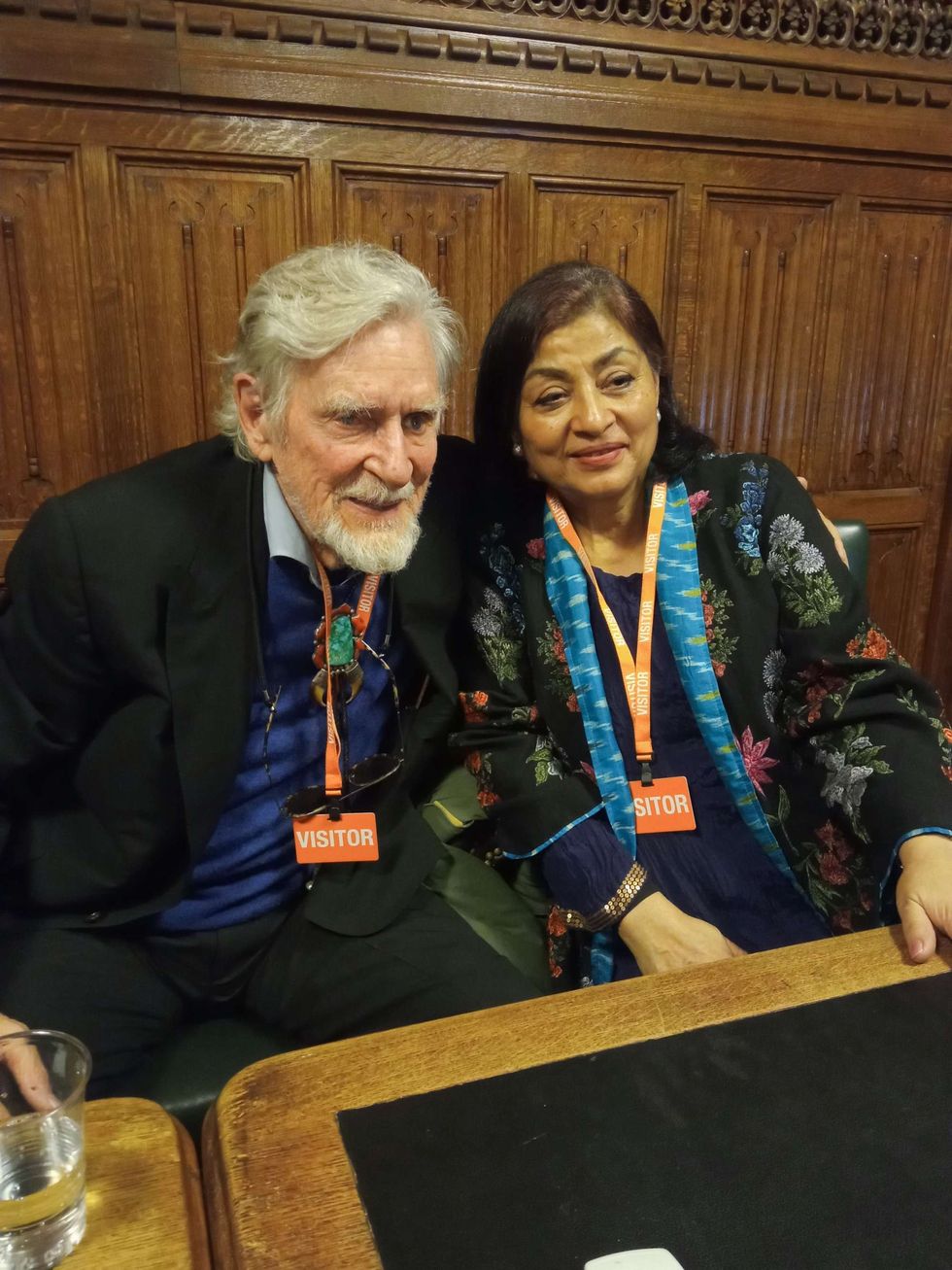 Robert Thurman and Lady Mohini Kent Noon
Robert Thurman and Lady Mohini Kent Noon 



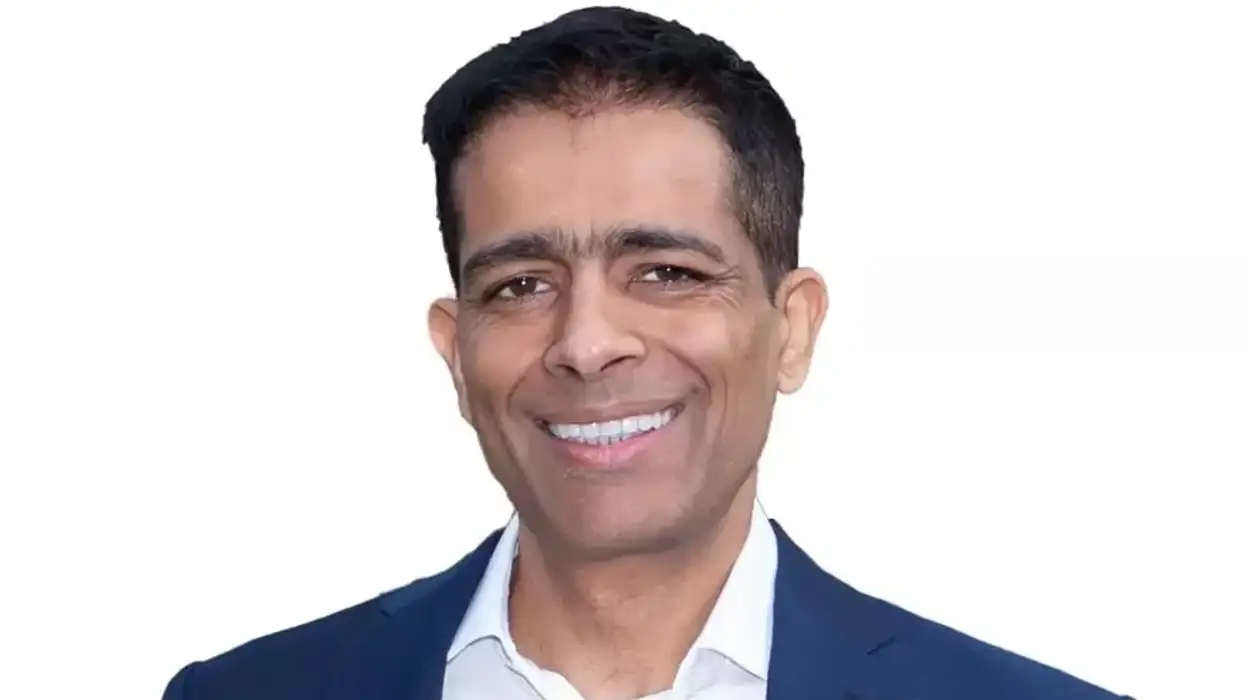



Anurag Bajpayee's Gradiant: The water company tackling a global crisis